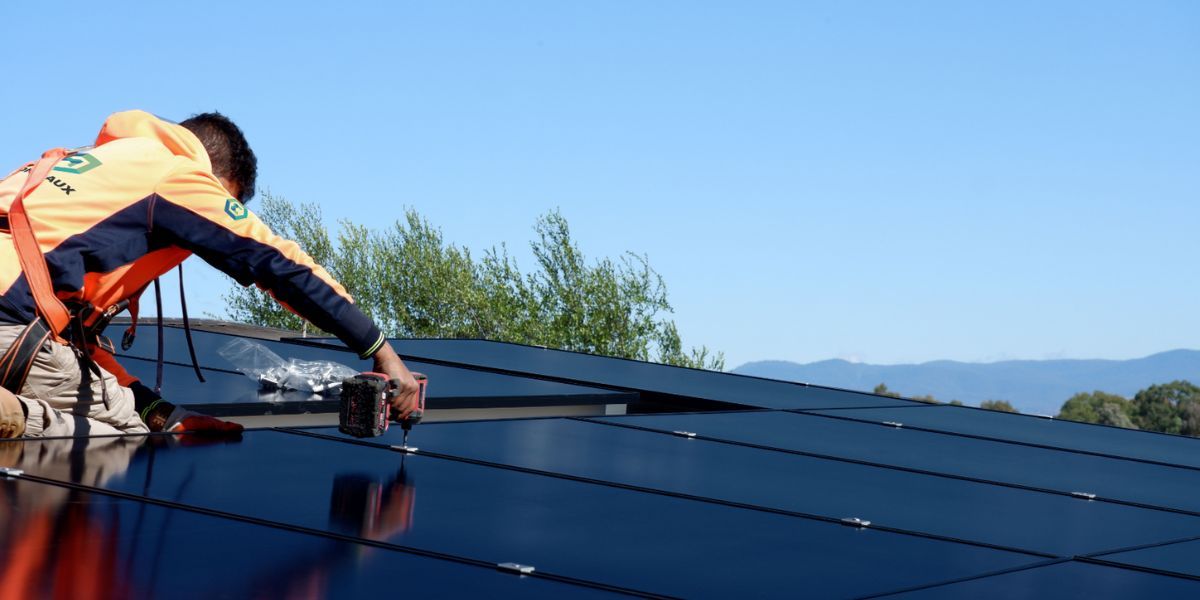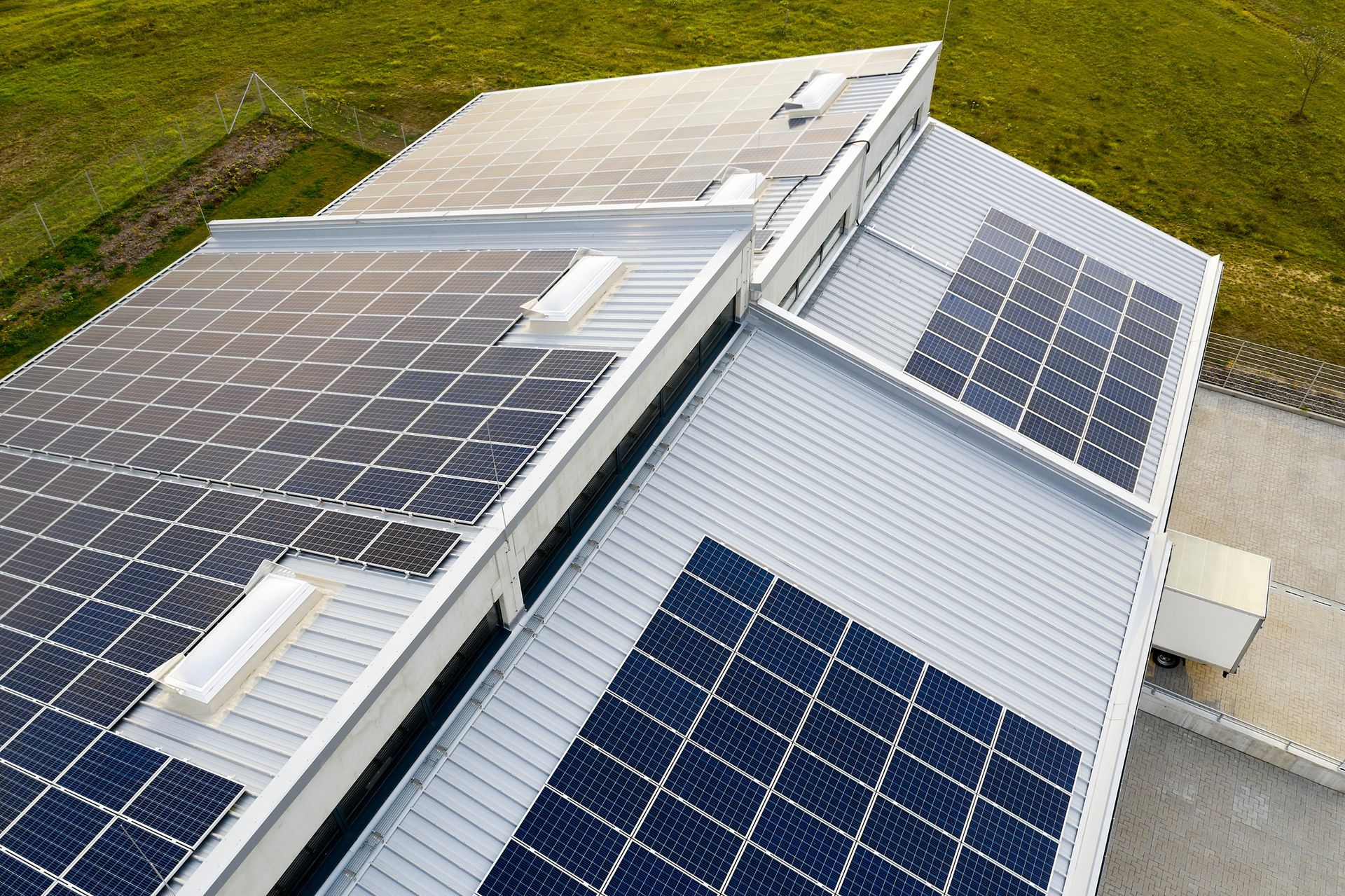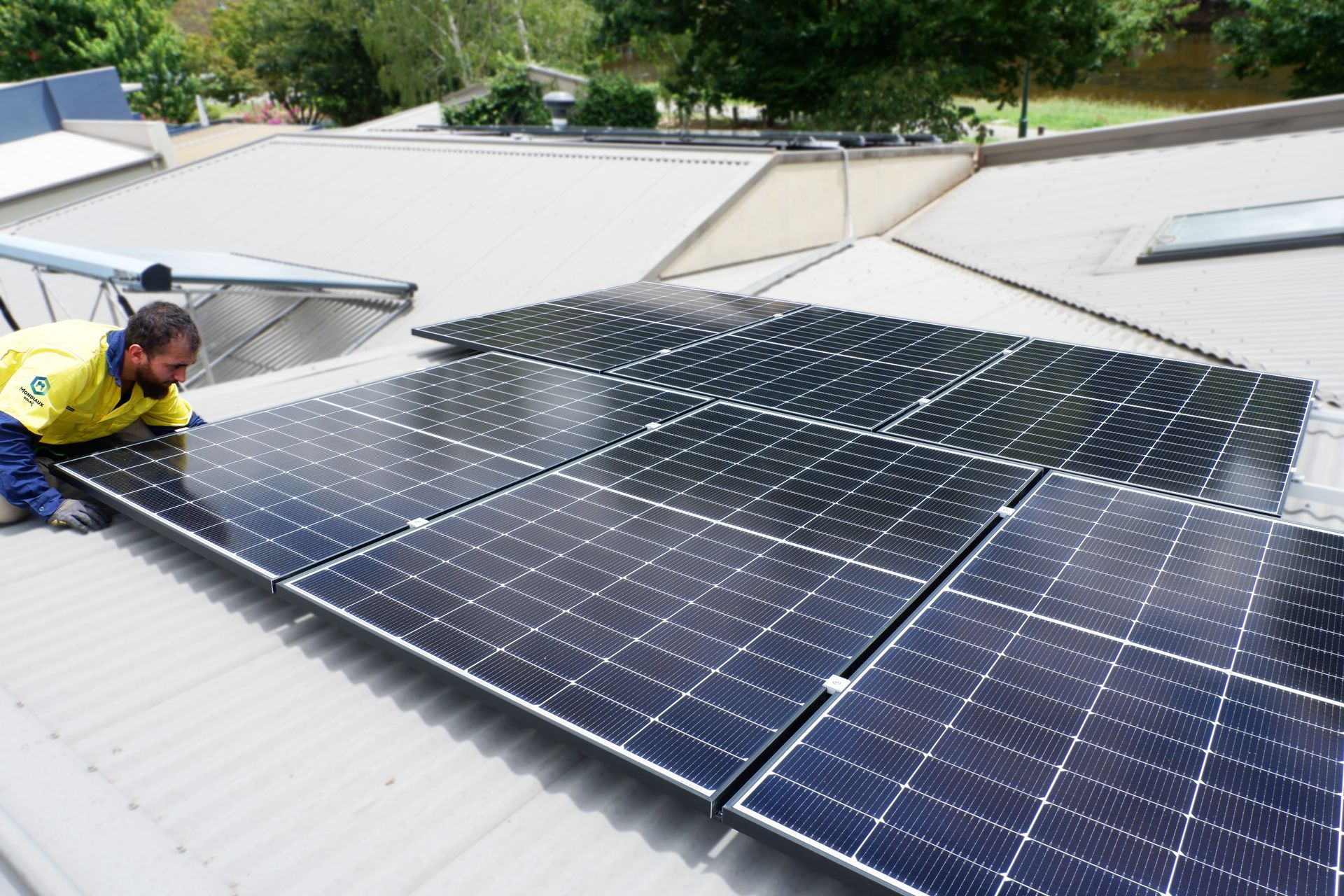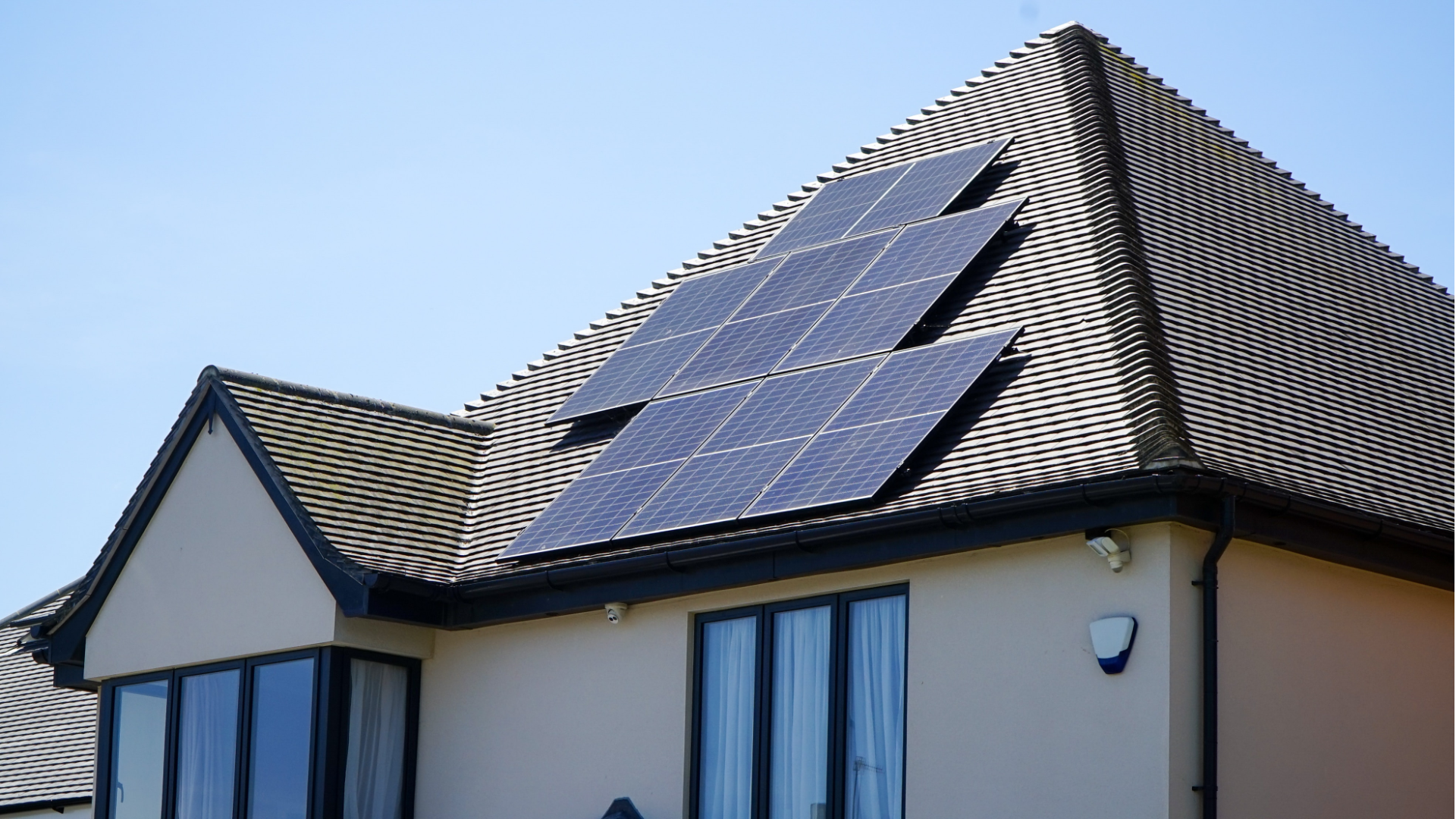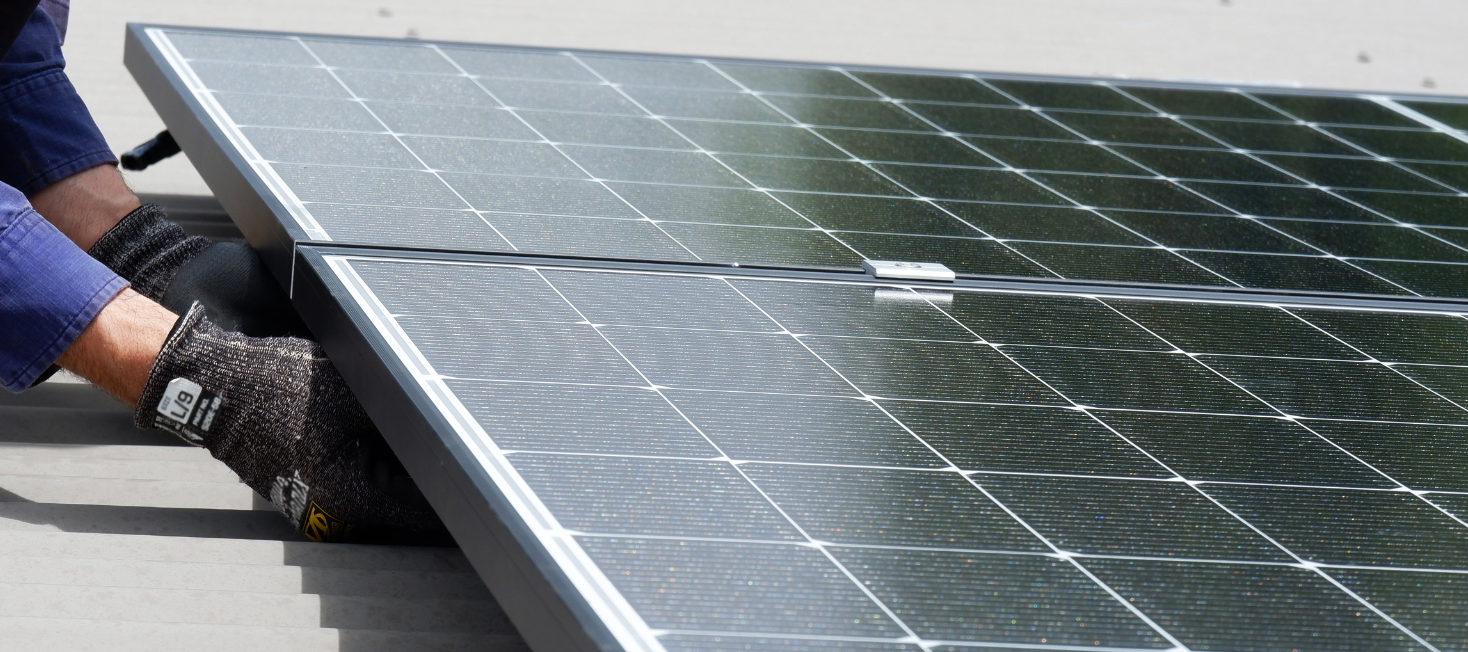Solar feed in tariff
What is solar feed in tariff?
Feed in tariff (FiT) is one of the financial incentives offered to the homeowners going solar. The rates vary depending on which state or territory you live in, and which energy retailer you have. The rates are mandated by the government or electricity retailers.
How to sell my energy through feed in tariff?
When your solar system produces more energy than your consumption, any unused electricity will be sent back into the power grid. In exchange, the money you make selling excess electricity will be applied as credit on your bill.
Let’s say if your solar system generates 10 kWh of electricity on a day, and your electricity consumption is 8 kWh, the remaining 2 kWh will be exported into the grid and you will receive a rebate on your electricity bill for each kWh exported. Therefore, the higher the FiT rate you have, the faster the return on your solar investment.
How do I get the best feed in tariff?
Origin, AGL and Energy Australia are the three most popular energy retailers in Australia, they have different rates in terms of different electricity plans. Always compare your options before choosing the tariff that’s right for you.
Tips: Normally, the retailers may offer you the minimum government FiT rate. So do your research by searching around for competitive rates, it’s going to help you negotiate a better deal with your existing energy retailer.
Next steps
To find out what feed-in tariff electricity retailers in ACT are offering, here are some links you may find helpful to compare plans and offers:
- Compare Feed-In-Tariffs and usage costs by electricity retailer: https://www.solarquotes.com.au/energy/
- Solar & battery calculator: https://www.solarquotes.com.au/solar-calculator/
- Comparing all the energy retailers: https://www.energymadeeasy.gov.au
Contact your energy retailer directly if you are not happy about the current FiT rate you have. And always consider the offer as a whole to make sure you get the best deal from the retailer.
Share Post
